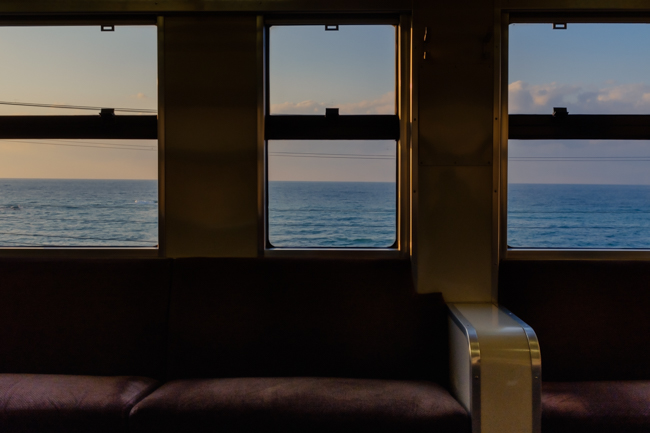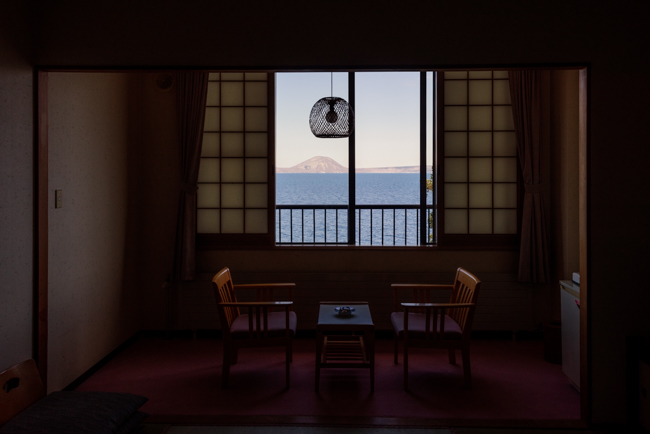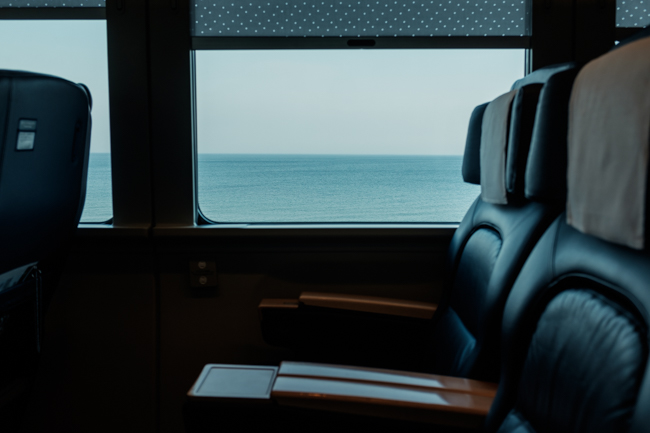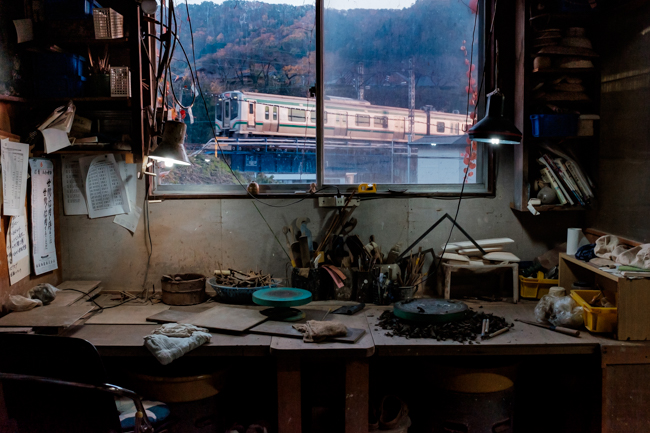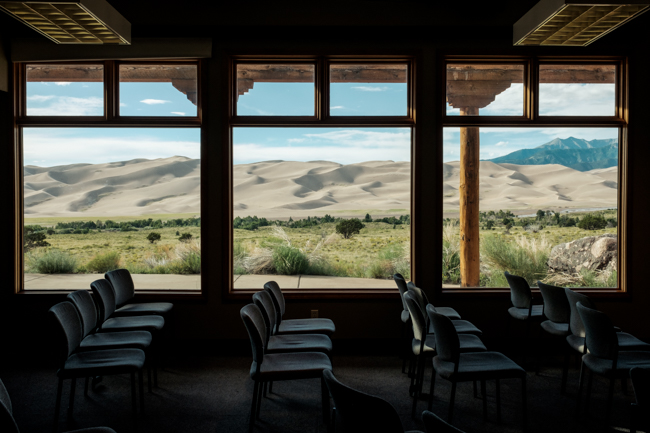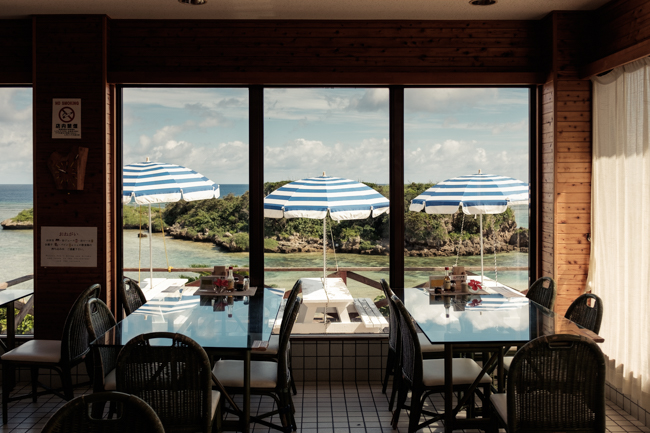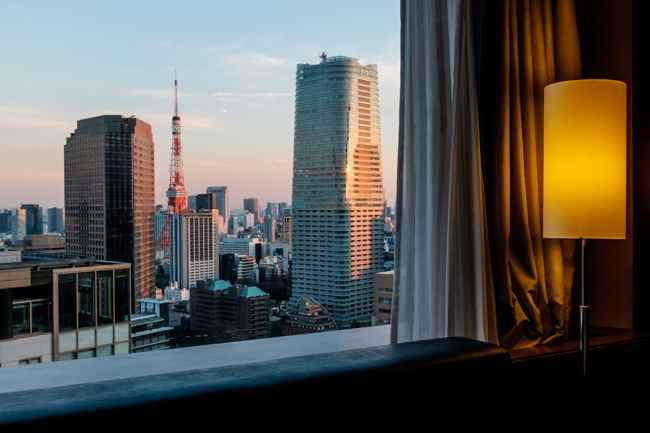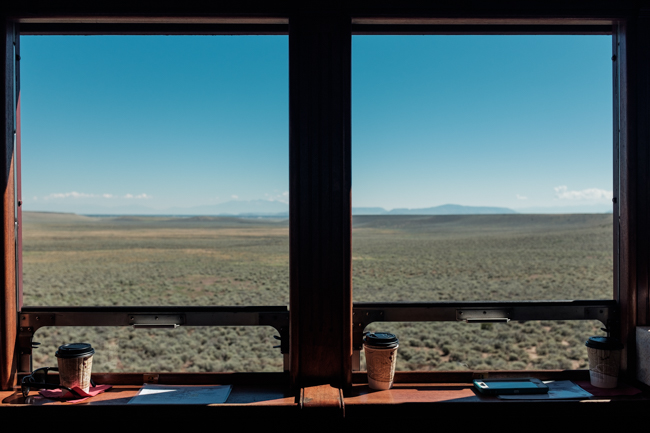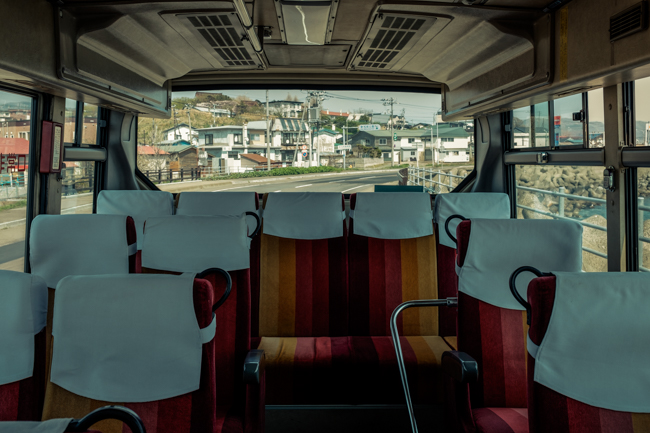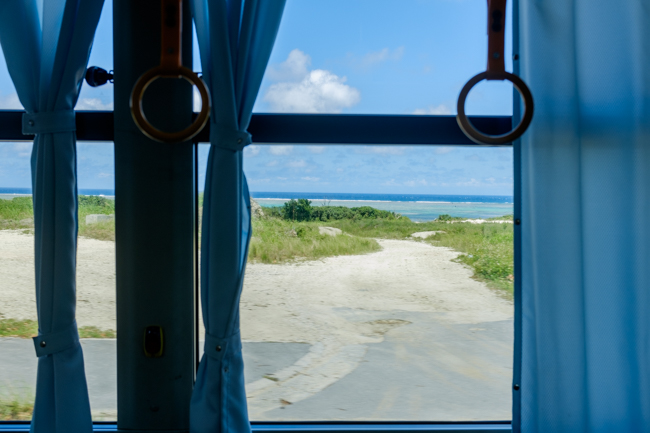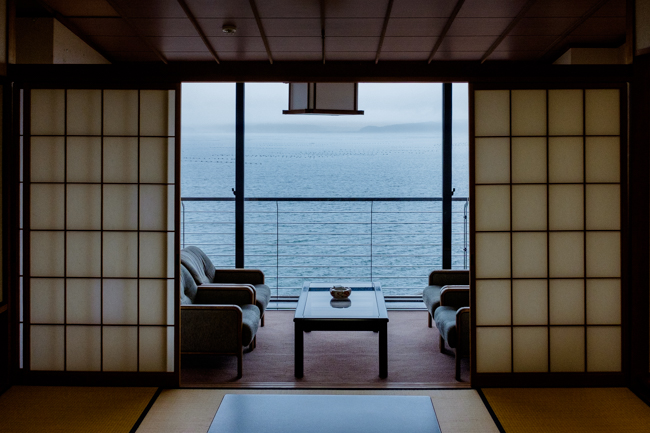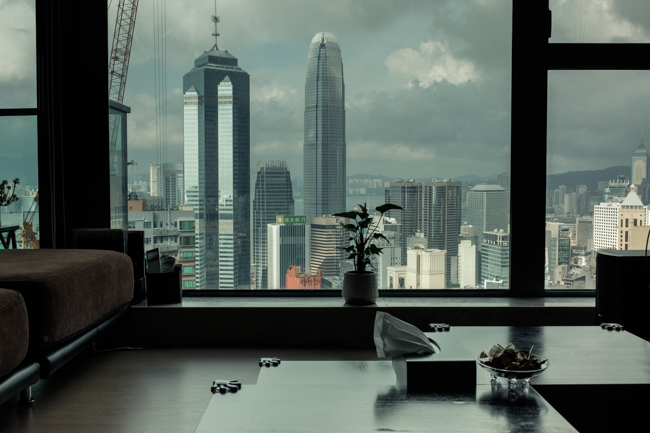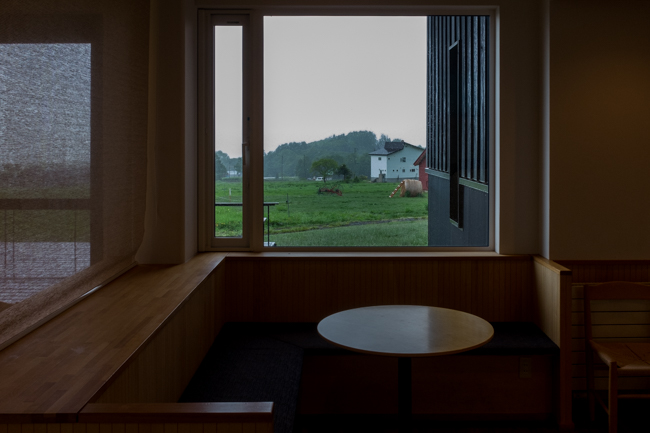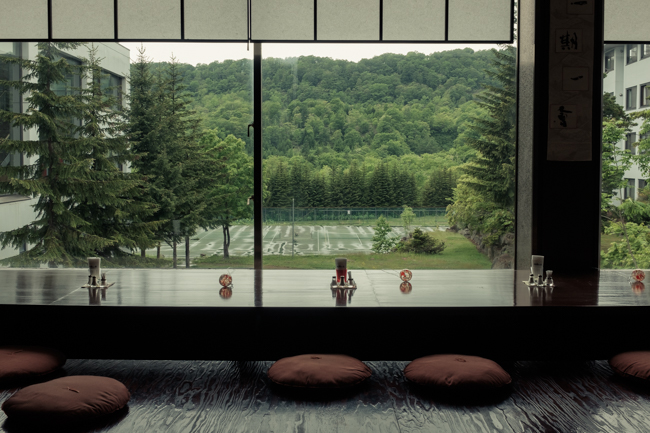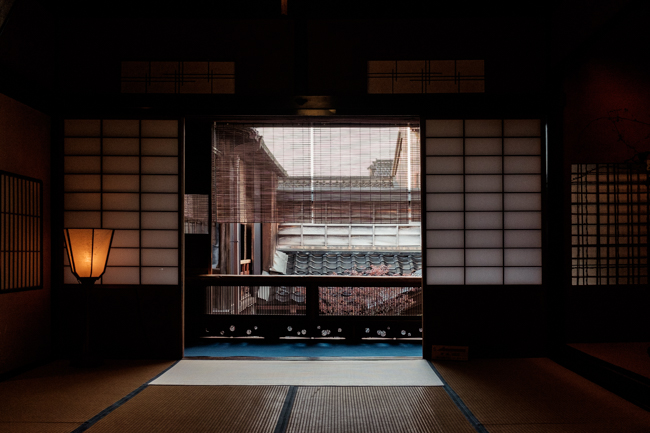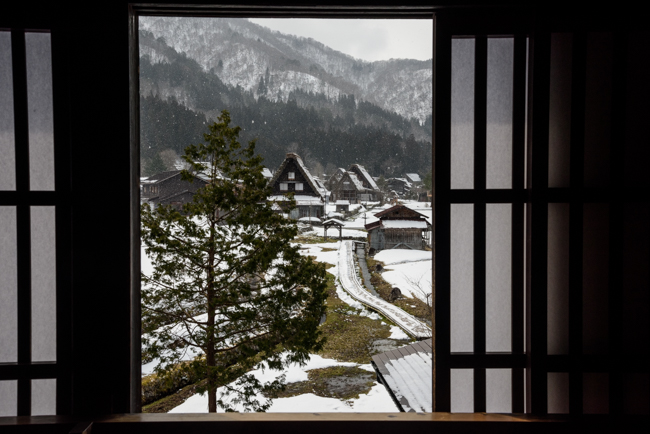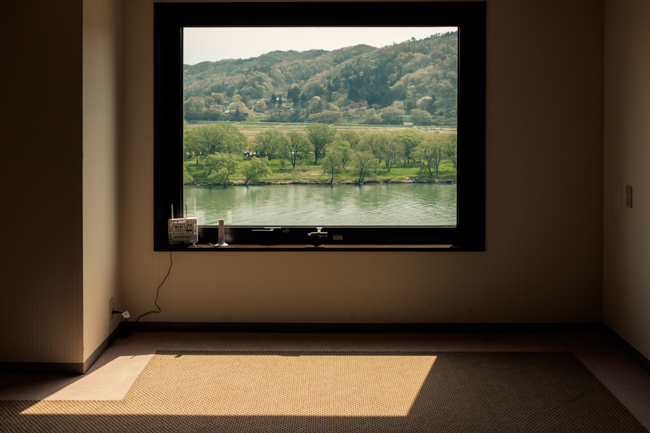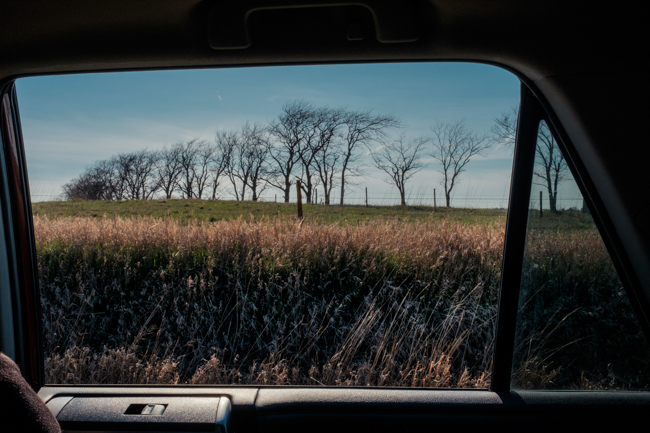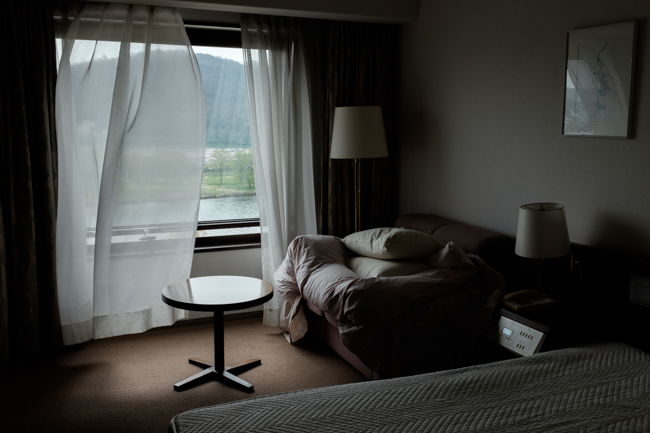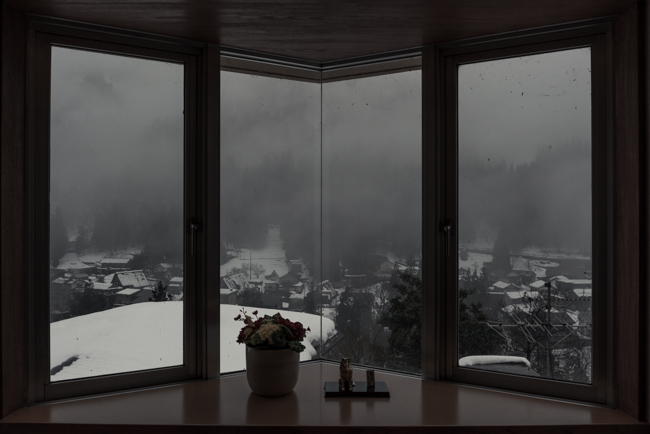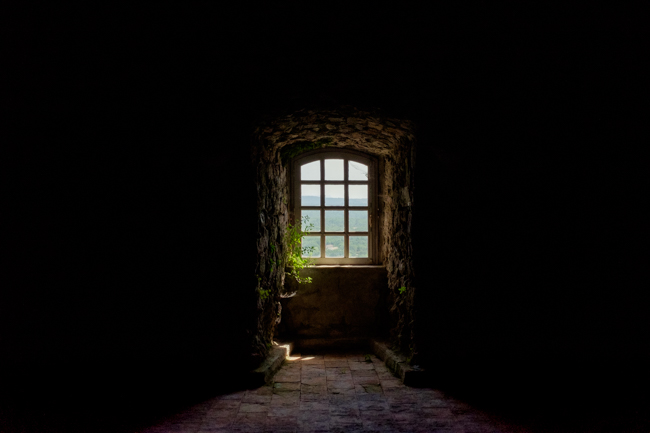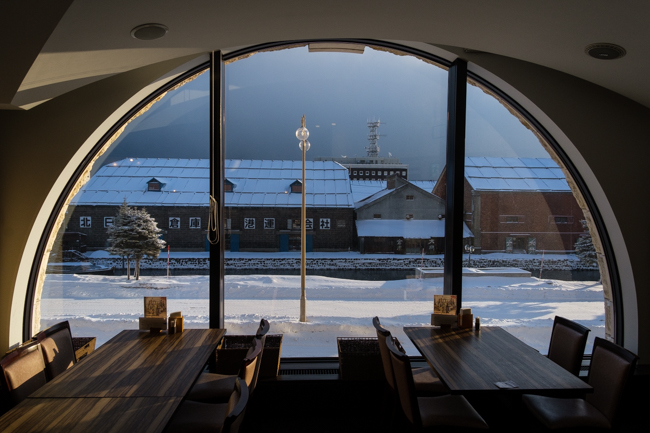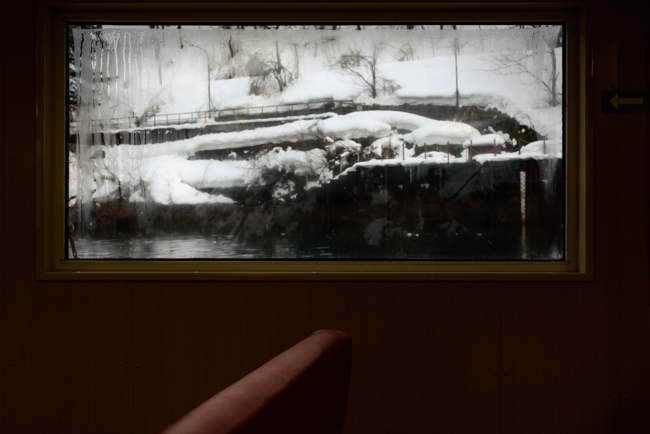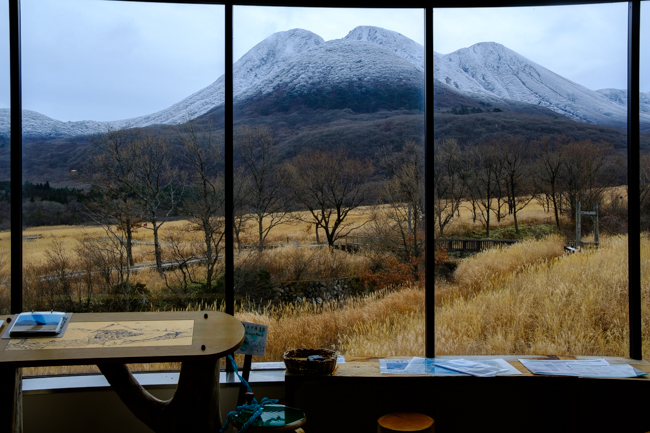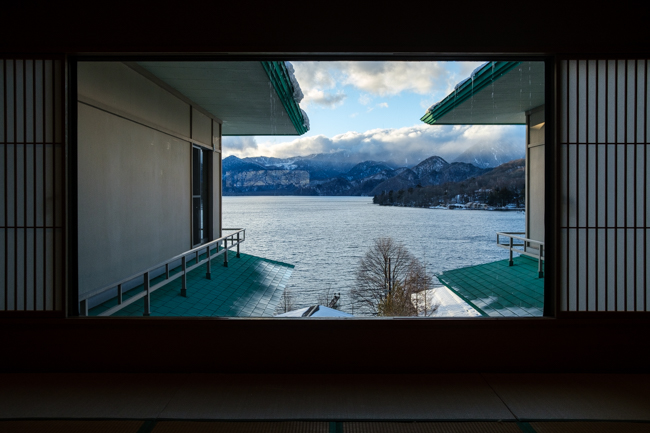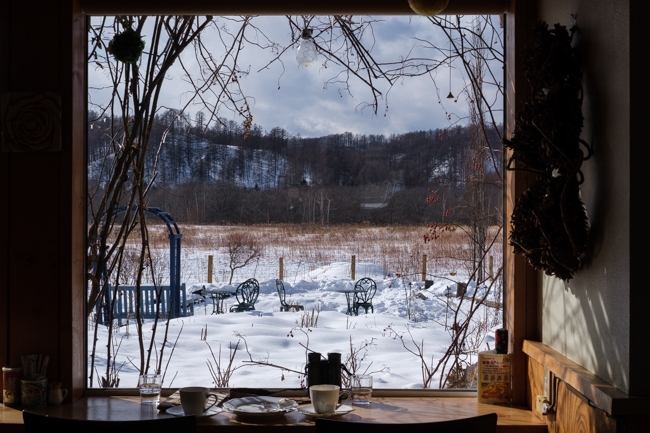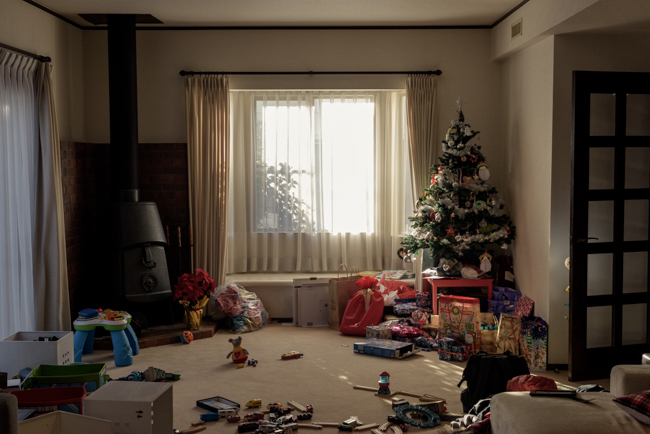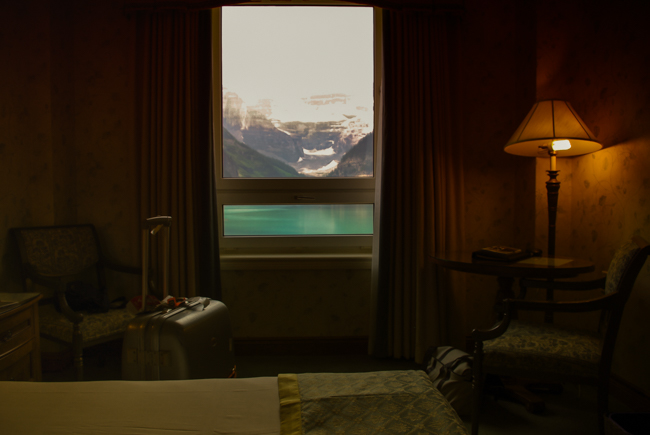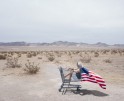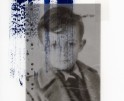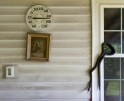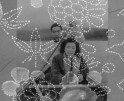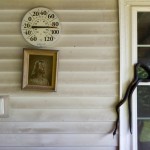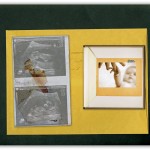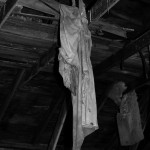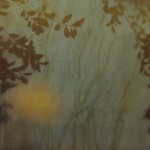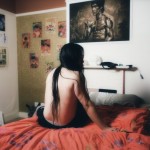George Nobechi: Here. Still. in the age of Covid-19
When I reviewed at FotoFest in Houston two years ago, I was immediately drawn to the photographs of George Nobechi. I was thrilled to see him again this year and finally have the chance to share his work. George is known not only for his photographs,but also for his lectures and workshops in Japan through Nobechi Creative. His project Here. Still. in the age of Covid-19, is the perfect antidote to our self-quarantining. By showing us the beauty that is beyond our windows, the project is a compilation of hope, wonder, mystery, and the future, shared with nuance and a quiet regard to landscapes set into perfect frames. Each is it’s own narrative, each it’s own painting, offering us a taste of what will be again.
George describes his journey:
I am a Japanese-Canadian photographer based in Tokyo, who began his full-time career in 2015, after interning at the Santa Fe Photographic Workshops. My time in the Southwest United States became a pivotal period in my life, especially after studying under photographers Sam Abell and Arno Minkkinen, who encouraged me to pursue a career in photography. This led me to nearly three years of journeys without a fixed home to which to return, until the call of my birthplace of Japan as a place to pursue my projects became too much to resist.
My first major project, Here. Still. (Unmoored) was featured in PDN Magazine in 2017, and earned strong reviews from Pulitzer-Prize winning art critic Mark Feeney of the Boston Globe during a group exhibition at the Photographic Resource Center (Exposure 17). Since then the project has been added to the collections of the Detroit Center for Contemporary Photography, as well as the Australian Museum of Contemporary Photography. Exhibitions of the work include solo shows at Hastings College in Hastings, Nebraska, Workspace Gallery in Lincoln, Nebraska and a group exhibition at Patricia Conde Galeria in Mexico City.
Among editorial projects Kitaguni ni Saku (To Bloom in the North Country), a project about life under the cherry blossoms in the northern regions of Japan where my family’s roots lie, was featured in the March 2019 edition of Asahi Camera magazine, Japan’s oldest and most prestigious photographic monthly. Granite and Glass, a portrait series depicting the lives of finance workers in Tokyo was showcased with a six-page article and spread in Newsweek Japan edition in January 2020.
I am currently represented by Patricia Conde Galeria in Mexico City and by A Gallery for Fine Photography in New Orleans, Louisiana.
In 2020 I am debuting two new long-term projects: The Japan I Hadn’t Seen and Japanese Aquariums.
Here. Still. in the age of Covid-19
Long before the sense of isolation that comes from self-quarantining became a common feeling to millions of people across the globe, I was making photographs that speak to the experience of being confined to an interior space, but looking out on the world beyond the window with longing.
The impetus for me to start this project was my sense of disconnection from life itself, as though I were walking through a film, only I wasn’t part of it. When I was nineteen and in university in Vancouver, Canada, my father suddenly passed away. Picking up the pieces with my fourteen-year-old sister and mother, upon completing my degree in History and International Relations, I departed for Tokyo to embark on a career in Finance.
A dozen years later in 2014, I found myself in another difficult situation. My career had taken me to New York, where it had reached a dead-end. I was burned out from the stresses of work, and had come out of a long-term relationship. I gave up the lease on my Union Square loft, put all my things in storage and looked ahead to a completely uncertain future. The twelve years that I had spent in Finance made me feel disconnected from the world and I realized that I had never reconciled with the direction of my life after my father’s death. I set out on the road, with just a backpack and suitcase, unsure where my path would take me.
I had traveled alone for long stretches on my own before, including two solo multi-month, round-the-world trips spanning six continents, but I always had a home and a job to which I would return. This time it was different as I had nothing to tie me down any longer. I was unmoored.
Through a series of events, I wound up in the Southwest United States to pursue a long dormant passion: photography. I found an old photograph that I had made in a hotel room at Lake Louise in Canada in 2009. I remembered being there, alone in that room and looking out at the late summer twilight and the turquoise lake beyond the window. I felt transported back to that place and time, but simultaneously I missed my father as Banff was a place that he had taken my family to on numerous occasions when I was a child. I reflected on this sense of disconnection, isolation, and longing that I felt, and a series: Here. Still.(aka Unmoored) was born.
I continued my journeys well into 2017, and as I did, I made photographs where I felt the presence of humanity inside a space, and the stillness of life unfolding beyond the window: visible, even tangible, but inaccessible, as if on a screen in an empty theatre. I recalled my childhood growing up in the organized chaos that is Tokyo, looking out on the enormous city from by bedroom window, even then feeling disconnected from the bustling people below.
There is a word in Japanese, nukumori, a lukewarmness that can refer to the presence of someone who occupied a place but had departed: an empty chair, a tea cup, a potter’s work table, the inside of a bus or train car, and of course, the many hotels and motels where I found myself. Nothing in the series is staged, everything is just as I found it in real life.
My odyssey eventually lasted 990 days, culminating with a return to Tokyo, my birthplace. But I carried that feeling of isolation and longing with me even as I found a place to live and house my belongings, which almost seemed like someone else’s things when they reappeared from storage. Now, as many of us find ourselves similarly in isolation, disconnected from the world outside and from our loved ones, I want to share this series as a beacon of hope for all who feel alone. Alone can be beautiful, and it does not need to be sad. There is a warmth in the stillness we find there; embrace this time, for soon we will be back out in the world again.
Posts on Lenscratch may not be reproduced without the permission of the Lenscratch staff and the photographer.
Recommended
-
Martin Stranka: All My StrangersDecember 14th, 2025
-
Interview with Maja Daniels: Gertrud, Natural Phenomena, and Alternative TimelinesNovember 16th, 2025
-
MG Vander Elst: SilencesOctober 21st, 2025
-
Photography Educator: Josh BirnbaumOctober 10th, 2025
-
Aiko Wakao Austin: What we inheritOctober 9th, 2025

